Stanley Whitney’s Italian paintings reveal an art practice in transition
American abstract painter Stanley Whitney’s works from the 1990s to mid-2000s, made in Italy and now on display as a collateral event of the Venice Biennale 2022, show an evolution of form and colour
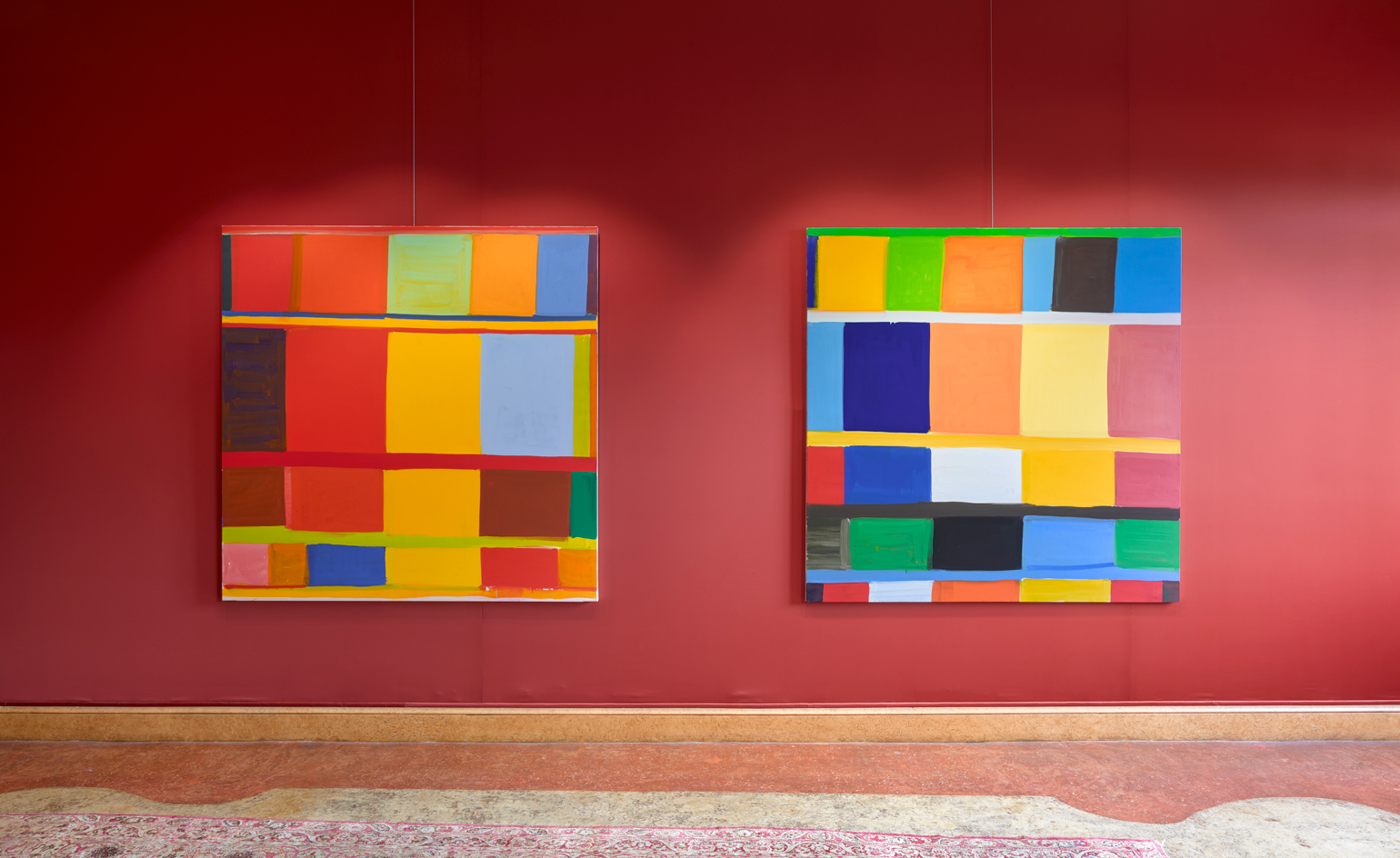
American abstract painter Stanley Whitney came to Rome in the early 1990s. The city had a huge impact on his life and his work as an artist, becoming a practice-altering source of inspiration and eventually a second home. This entanglement is now the subject of a new exhibition ‘Stanley Whitney: The Italian Paintings’, at Palazzo Tiepolo Passi in Venice, which opened alongside the 59th Venice Biennale. The show looks at some of the paintings Whitney made in Italy from the 1990s to the mid-2000s alongside his scrapbooks, giving a unique insight into his intuitive and dynamic practice.
‘It’s wonderful to see the paintings back in Italy where they were made. Being in Italy caused a shift in the colours I use – they became softer. It’s great to see these paintings in the Venetian light,’ Whitney says of the exhibition, which features his works alongside original fabric wallpaper and ornate rugs at Palazzo Tiepolo Passi.
The exhibition has the touchstone of three diptychs that have never been exhibited before and are utterly unique in Whitney’s practice. They mark an important change of direction for the artist. While the grid is visible, the strokes are still defined in a way that fades out of his painting as he moves into the 2000s.
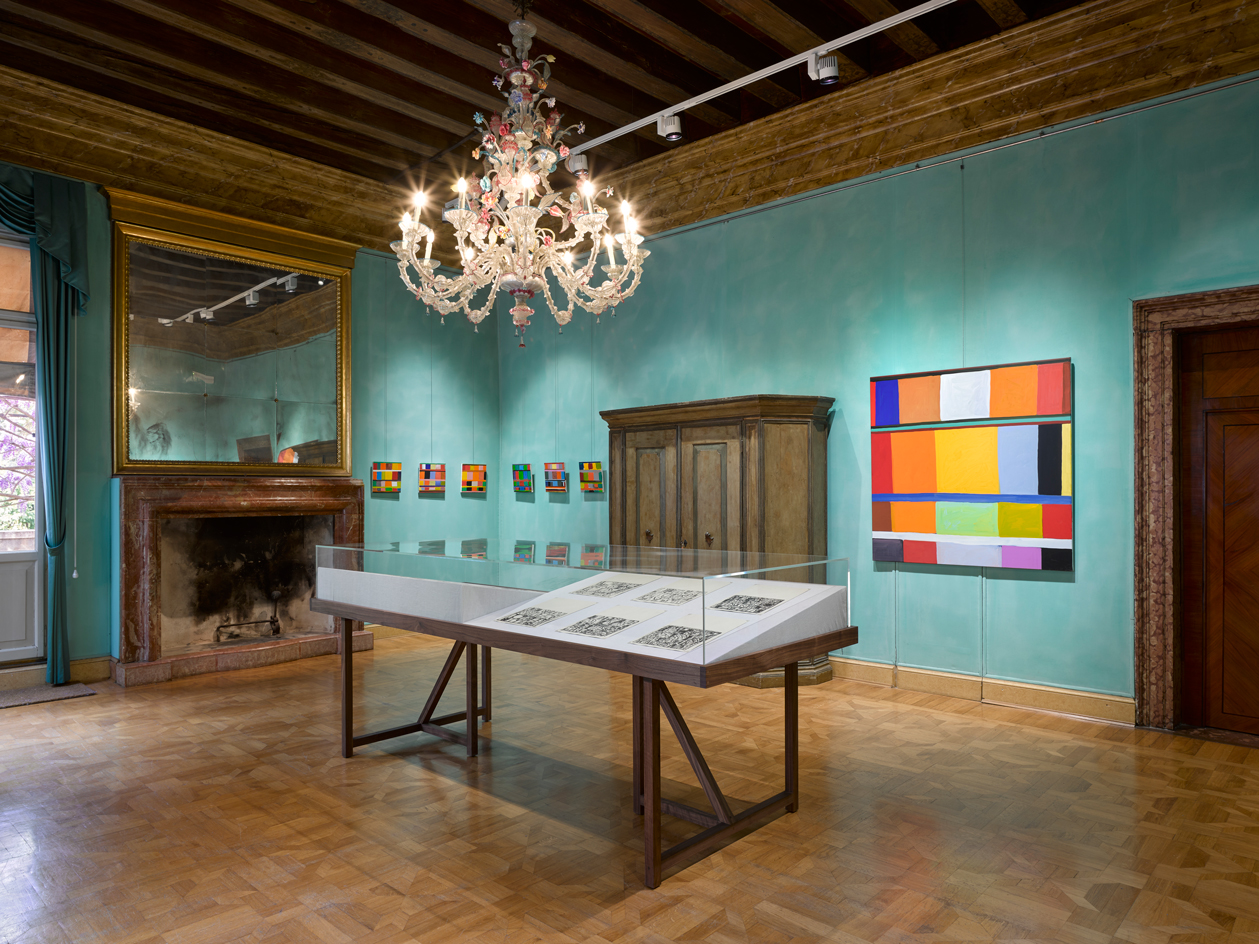
The Italian Paintings’, exhibition view. Palazzo Tiepolo Passi, Venice, Italy. Until 27 November 2022.
‘They’re really transitional paintings,’ he says. ‘They were the first paintings I did when I moved to Italy from New York. Also, I never painted a diptych before that, or ever again, so they’re very unique. To show them for the first time in a 16th-century palazzo during the Venice Biennale is an incredible opportunity.’
The exhibition is co-curated by Cathleen Chaffee, chief curator of the Buffalo AKG Art Museum and Vincenzo de Bellis, curator and associate director at the Walker Art Center in Minneapolis. Once they had selected the works they wanted to include, they arranged some of these in an intuitive call and response, in which each selected work followed on from the other. The format is an homage to Whitney’s spontaneous and immediate ‘afternoon paintings’, completed over a few hours after time spent on the larger works.
‘The afternoon paintings and the larger works are part of the same process,’ says Whitney. ‘I do the afternoon paintings after I’ve finished the larger paintings. It’s sort of a way to calm down at the end of a painting day. The sketchbooks are like a diary, and seeing the sketchbooks that capture my time in Italy gathered together – notes from when my son was born, things I was thinking about during the summers – is very special.’

The Italian Paintings’, exhibition view. Palazzo Tiepolo Passi, Venice, Italy. Until 27 November 2022.
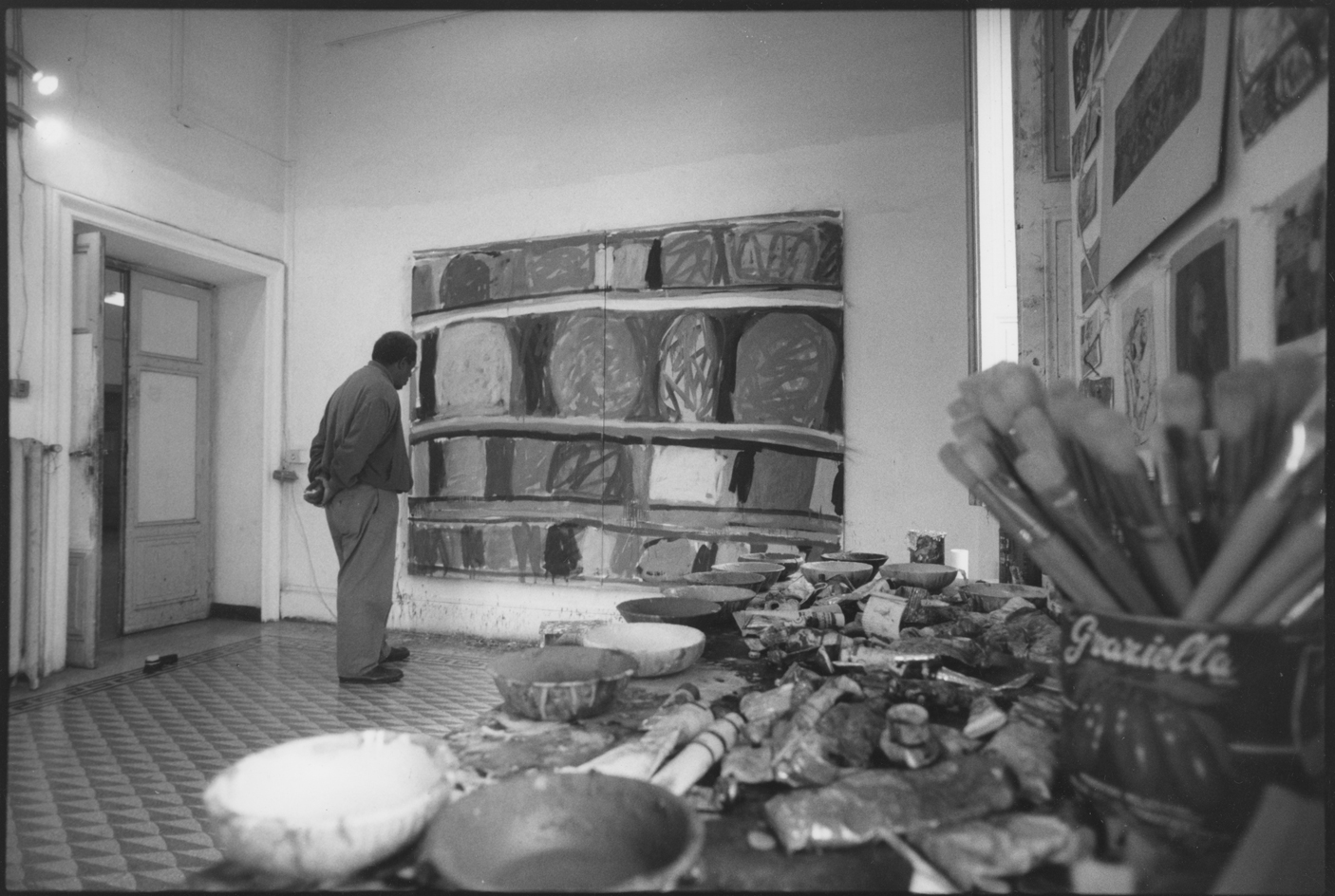
The Italian Paintings’, Exhibition view. Palazzo Tiepolo Passi, Venice, Italy. Until 27 November 2022.
These smaller, more spontaneous works and the notebooks were set in situ in a unique way by the curators, who took inspiration from Whitney’s practice, alternately choosing works in response to each other.
Receive our daily digest of inspiration, escapism and design stories from around the world direct to your inbox.
‘Stanley says, about this work, that [it is] painting as a call and response. Which is a musical kind of term, right? It's improvisation,’ says de Bellis. ‘We did it the same way. I picked one and Cathleen picked one and then the other one responded – it was very logical.’
Whitney’s use of colour, seen bathed in the Venetian light, is something to behold. As we spend time with these works, deeper layers and juxtapositions reveal themselves. We see a tighter use of form and more defined use of colour emerge over the years. We may assume that this shows a calming down for the artist as he gets older – but this is not the case.
‘I don’t think it’s about calmness, it’s about mature understanding,’ Whitney reveals. ‘As I got a better understanding of what colour is and what drawing is for me, I could do more with less. It’s a greater challenge for me to do more with less.’
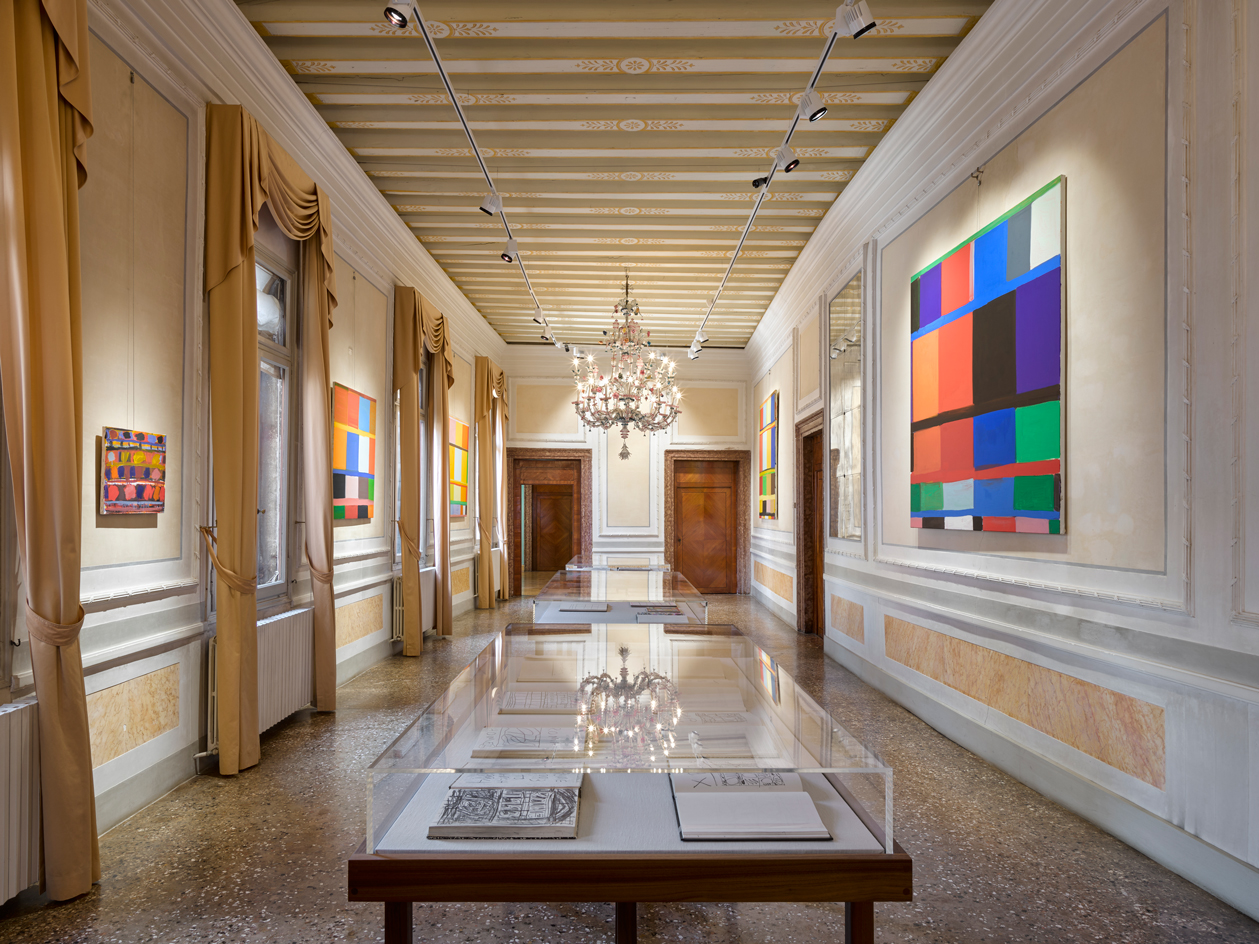
The Italian Paintings’, exhibition view. Palazzo Tiepolo Passi, Venice, Italy. Until 27 November 2022.
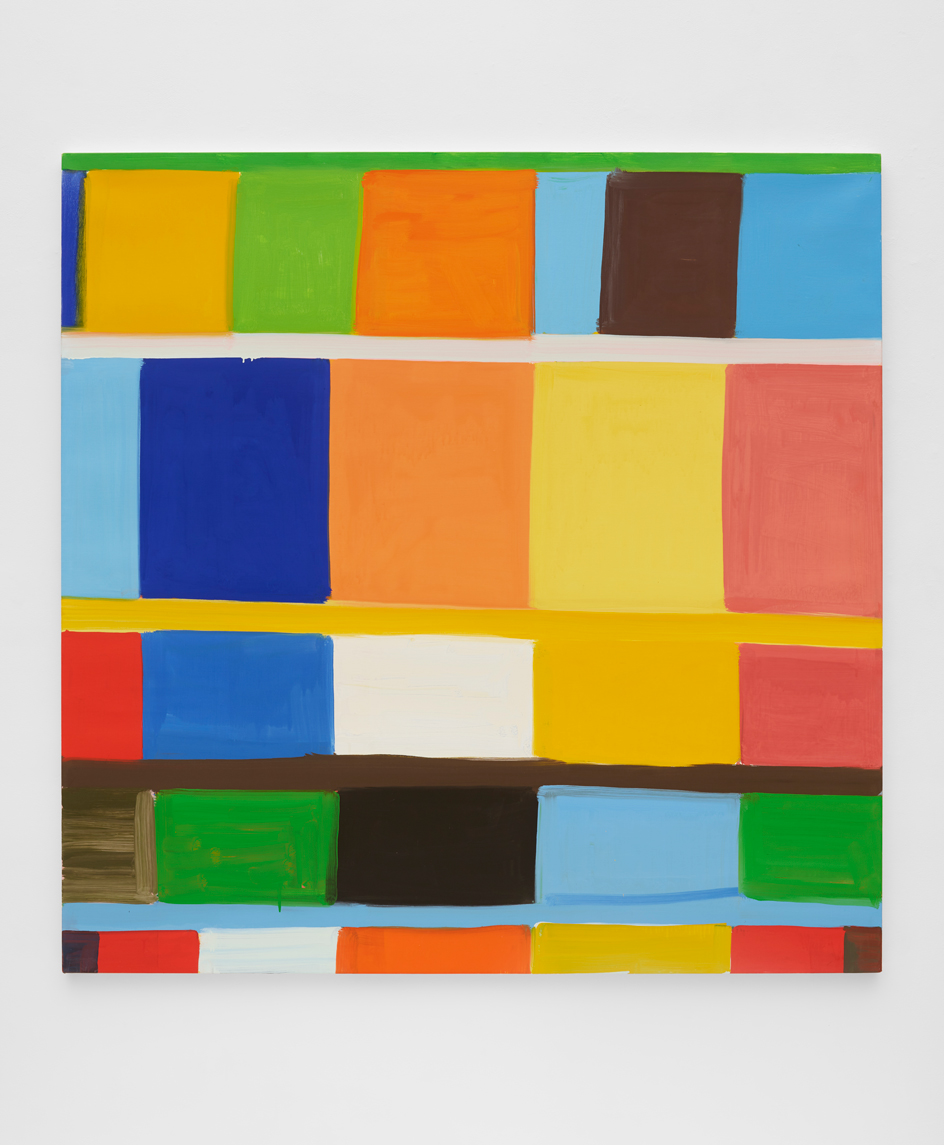
Eden (Sunshine and Shadow), 2008.
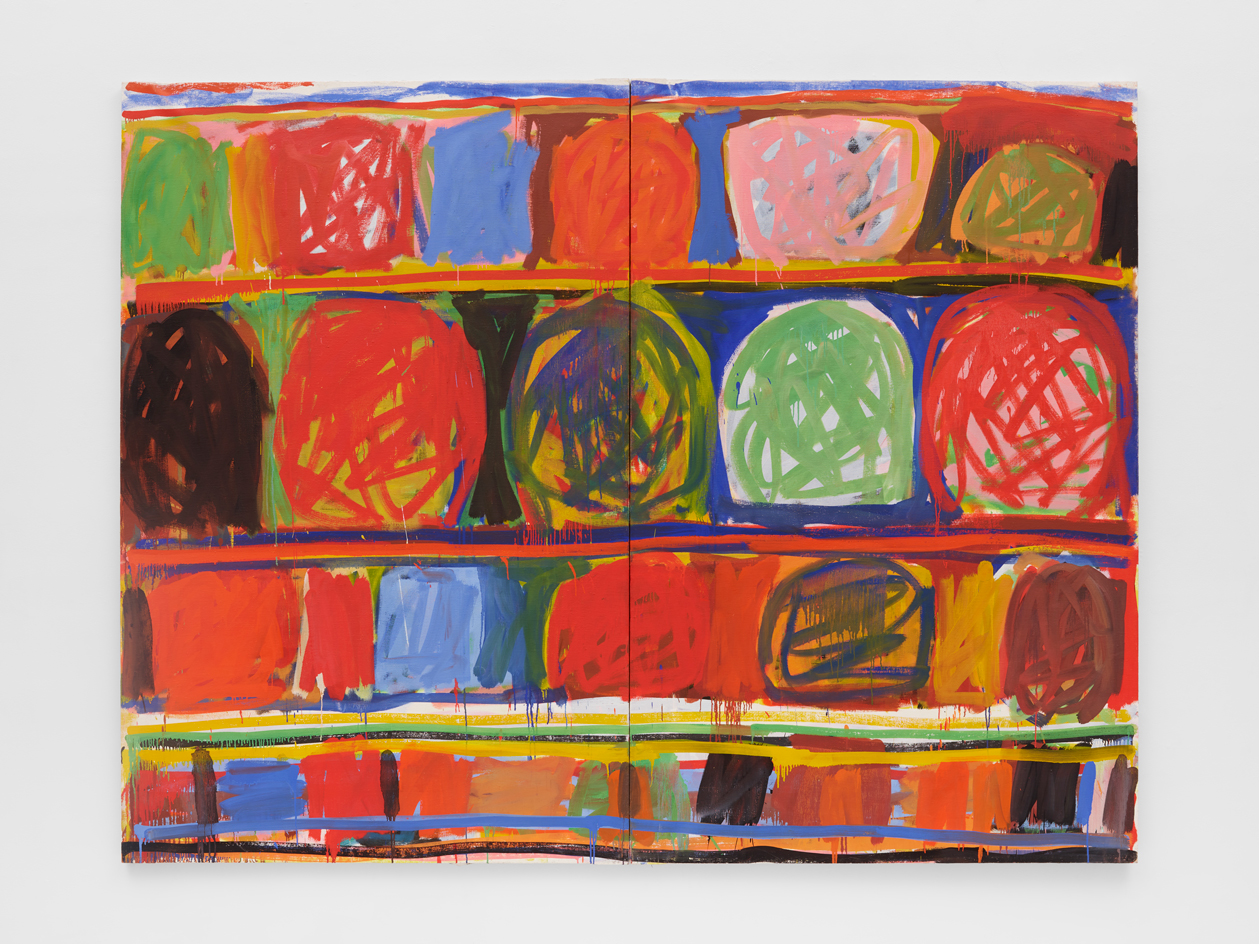
Stanley Whitney, Pleasure or Joy, 1994.
INFORMATION
Stanley Whitney, ‘The Italian Paintings’, until 27 November 2022, Palazzo Tiepolo Passi, San Polo 2774, Venice. lissongallery.com
Amah-Rose Abrams is a British writer, editor and broadcaster covering arts and culture based in London. In her decade plus career she has covered and broken arts stories all over the world and has interviewed artists including Marina Abramovic, Nan Goldin, Ai Weiwei, Lubaina Himid and Herzog & de Meuron. She has also worked in content strategy and production.
-
 New tech dedicated to home health, personal wellness and mapping your metrics
New tech dedicated to home health, personal wellness and mapping your metricsWe round up the latest offerings in the smart health scene, from trackers for every conceivable metric from sugar to sleep, through to therapeutic furniture and ultra intelligent toothbrushes
-
 Out of office: The Wallpaper* editors’ picks of the week
Out of office: The Wallpaper* editors’ picks of the week'Tis the season for eating and drinking, and the Wallpaper* team embraced it wholeheartedly this week. Elsewhere: the best spot in Milan for clothing repairs and outdoor swimming in December
-
 How Stephen Burks Man Made is bringing the story of a centuries-old African textile to an entirely new audience
How Stephen Burks Man Made is bringing the story of a centuries-old African textile to an entirely new audienceAfter researching the time-honoured craft of Kuba cloth, designers Stephen Burks and Malika Leiper have teamed up with Italian company Alpi on a dynamic new product
-
 This Gustav Klimt painting just became the second most expensive artwork ever sold – it has an incredible backstory
This Gustav Klimt painting just became the second most expensive artwork ever sold – it has an incredible backstorySold by Sotheby’s for a staggering $236.4 million, ‘Portrait of Elisabeth Lederer’ survived Nazi looting and became the key to its subject’s survival
-
 Meet Eva Helene Pade, the emerging artist redefining figurative painting
Meet Eva Helene Pade, the emerging artist redefining figurative paintingPade’s dreamlike figures in a crowd are currently on show at Thaddaeus Ropac London; she tells us about her need ‘to capture movements especially’
-
 A forgotten history of Italian artists affected by the HIV-AIDS crisis goes on show in Tuscany
A forgotten history of Italian artists affected by the HIV-AIDS crisis goes on show in Tuscany‘Vivono: Art and Feelings, HIV-AIDS in Italy. 1982-1996’, at Centro per l'Arte Contemporanea Luigi Pecci in Prato delves into the conversation around the crisis
-
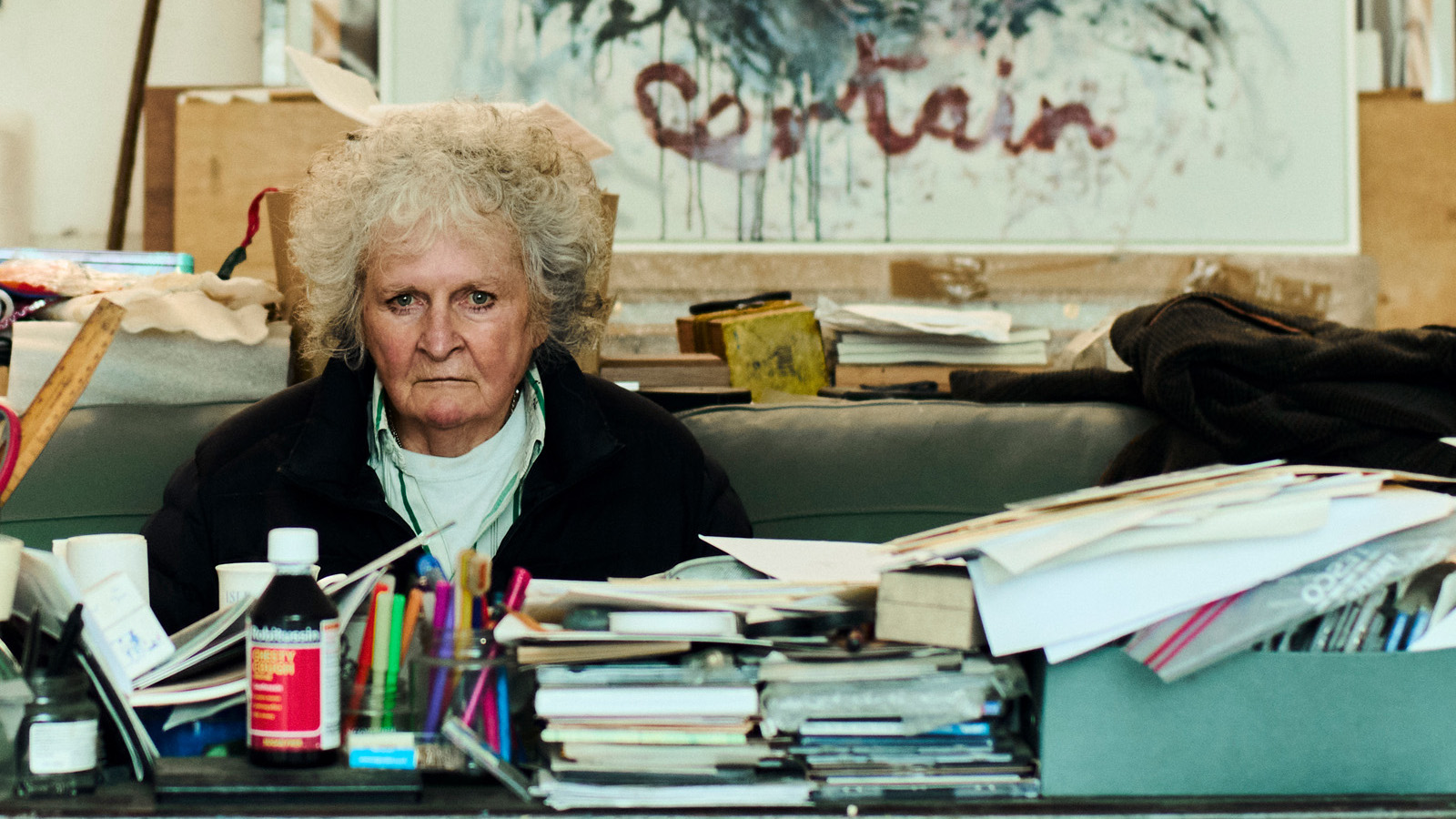 Maggi Hambling at 80: what next?
Maggi Hambling at 80: what next?To mark a significant year, artist Maggi Hambling is unveiling both a joint London exhibition with friend Sarah Lucas and a new Rizzoli monograph. We visit her in the studio
-
 Out of office: The Wallpaper* editors’ picks of the week
Out of office: The Wallpaper* editors’ picks of the weekThis week, the Wallpaper* editors curated a diverse mix of experiences, from meeting diamond entrepreneurs and exploring perfume exhibitions to indulging in the the spectacle of a Middle Eastern Christmas
-
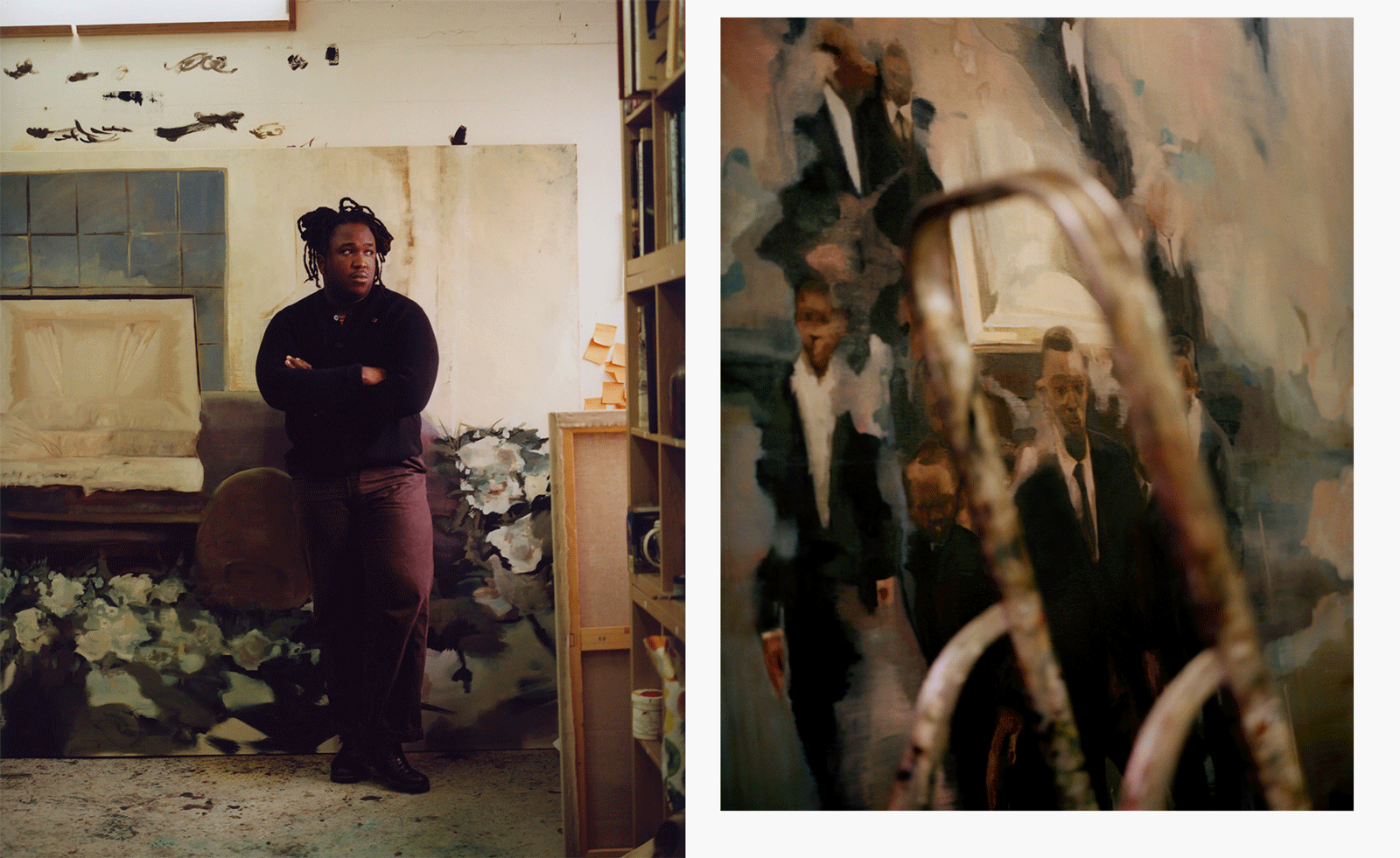 Artist Shaqúelle Whyte is a master of storytelling at Pippy Houldsworth Gallery
Artist Shaqúelle Whyte is a master of storytelling at Pippy Houldsworth GalleryIn his London exhibition ‘Winter Remembers April’, rising artist Whyte offers a glimpse into his interior world
-
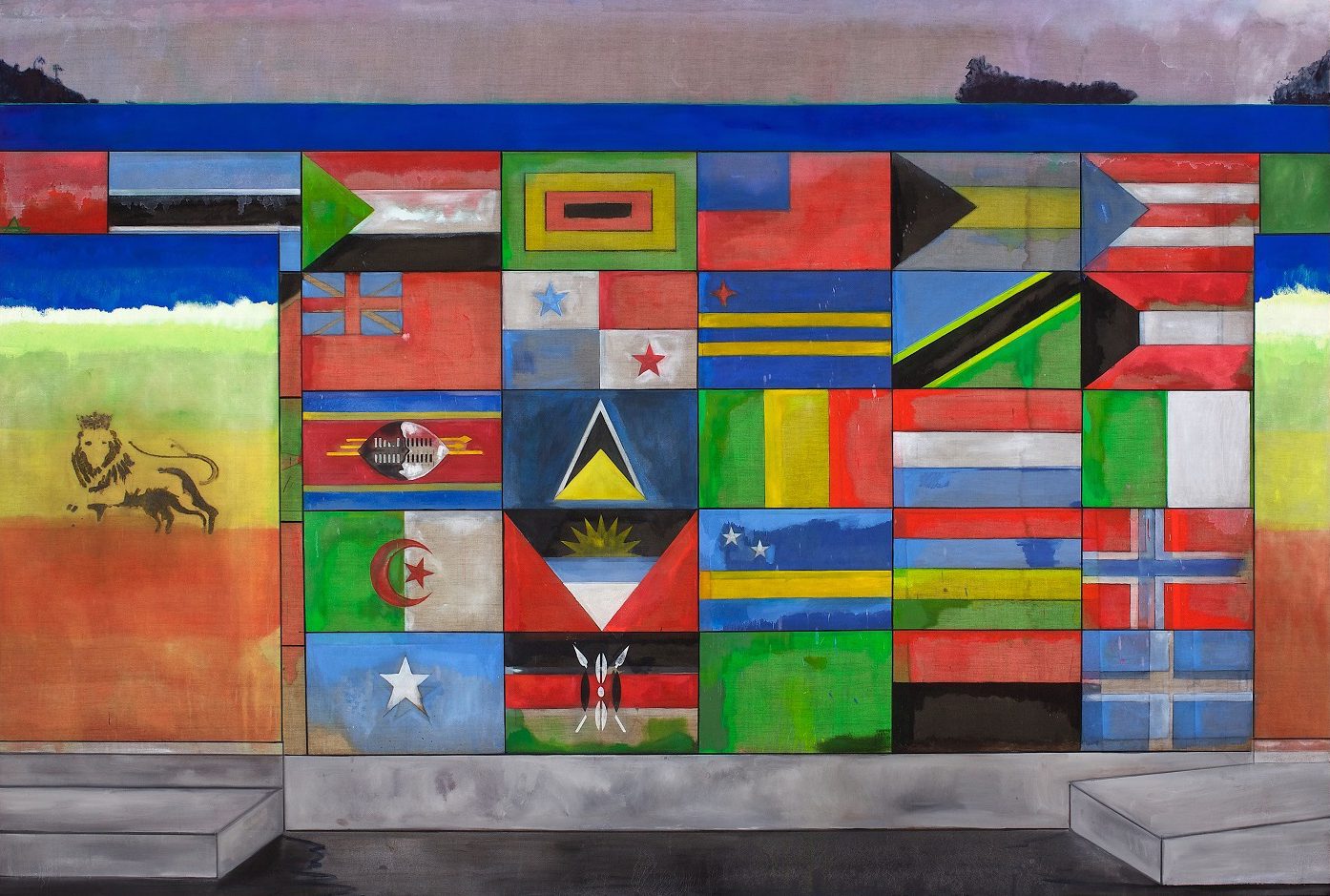 ‘Sit, linger, take a nap’: Peter Doig welcomes visitors to his Serpentine exhibition
‘Sit, linger, take a nap’: Peter Doig welcomes visitors to his Serpentine exhibitionThe artist’s ‘House of Music’ exhibition, at Serpentine Galleries, rethinks the traditional gallery space, bringing in furniture and a vintage sound system
-
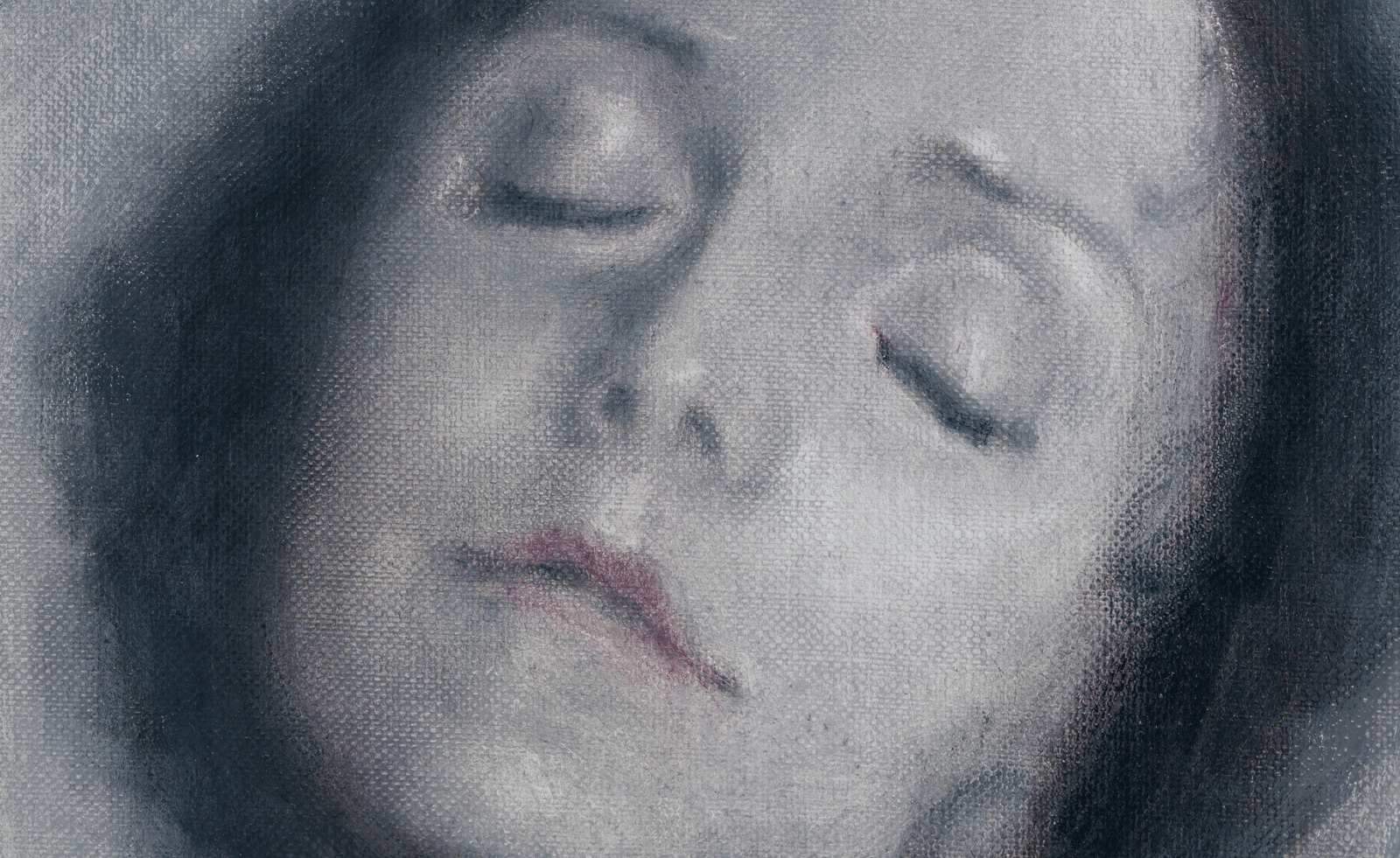 Classic figurative painting is given a glamorous and ghostly aura by Polish artist Łukasz Stokłosa
Classic figurative painting is given a glamorous and ghostly aura by Polish artist Łukasz StokłosaThe gothic meets the glamorous in Stokłosa’s works, currently on show at London’s Rose Easton gallery